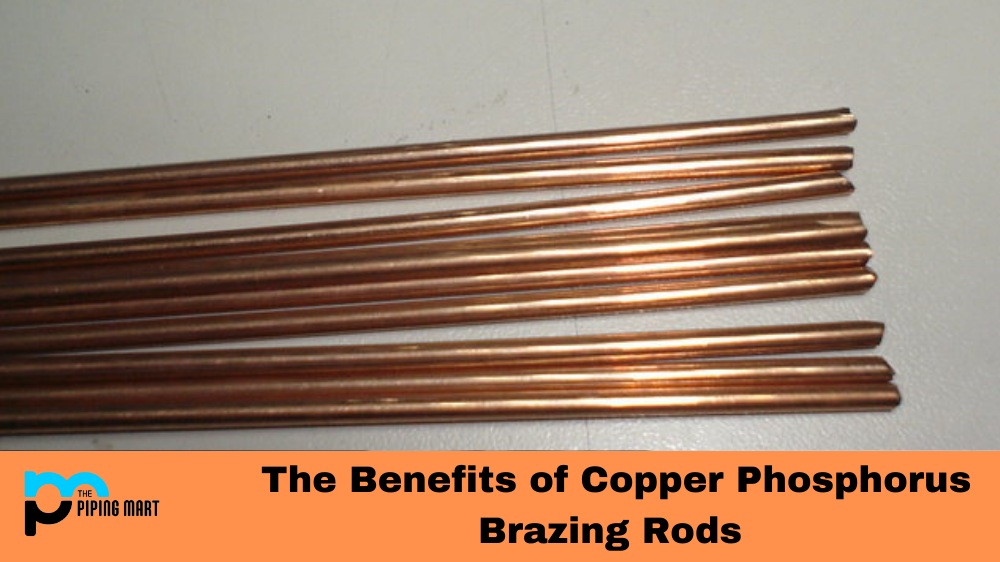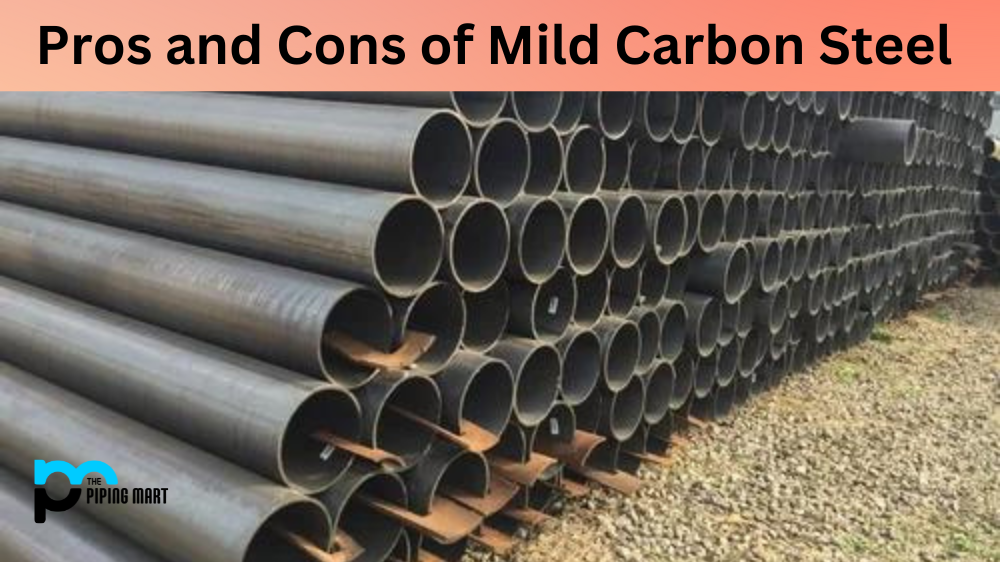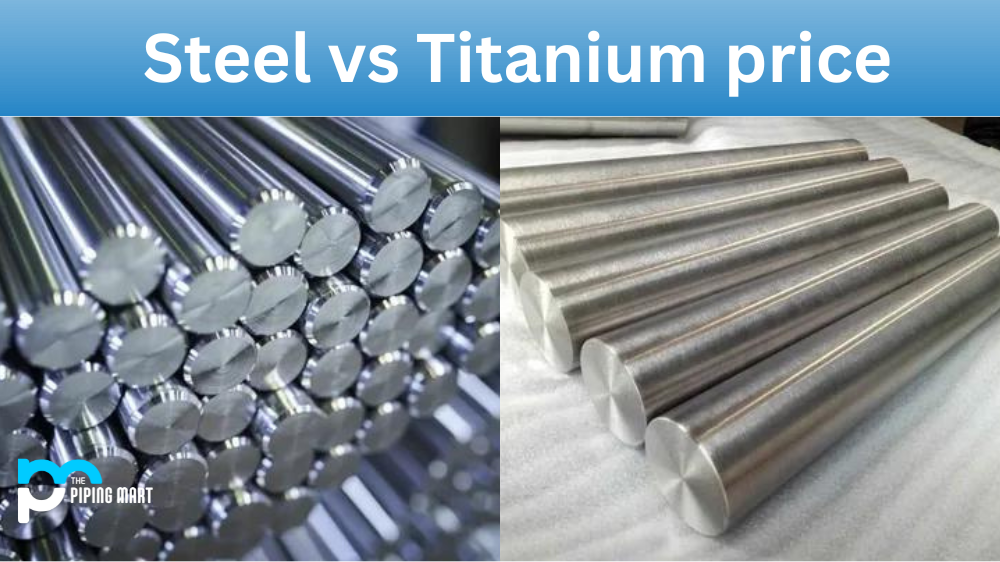Invar is a nickel-iron alloy with unique thermal properties, making it a popular choice in various industries. Due to its low coefficient of thermal expansion, it can maintain its shape and size even under extreme temperature changes. It is widely used to manufacture instruments, devices, and precision parts that require high dimensional stability. In this blog post, we will discuss the advantages and disadvantages of Invar material in detail.
Advantages of Invar Metal
Dimensional Stability
The low coefficient of thermal expansion of Invar material makes it an excellent choice for applications that require high dimensional stability. This property allows it to maintain its shape and size under extreme temperature changes, critical in manufacturing components like optical mirrors, laser cavities, and scientific instruments.
High Strength
Invar material has high strength, which makes it resistant to deformation and cracking. This property is helpful in applications where high stress or load-bearing capacity is required, such as the aerospace industry, where it is widely used to make engine components and aerospace instruments.
Electrical and Magnetic Properties
Invar material has excellent electrical and magnetic properties, making it an ideal choice for electronic communication systems and magnetic shielding applications. Its low magnetic permeability allows it to shield electrical and magnetic fields effectively.
Corrosion Resistance
Invar material is highly resistant to corrosion, oxidation, and other environmental damage, making it an ideal choice for manufacturing components exposed to harsh environments. Its corrosion-resistant properties make it an excellent choice for making critical components in the chemical and petrochemical industries.
Disadvantages of Invar Metal
High Cost: Invar material is an alloy of nickel and iron, which makes it relatively expensive compared to other materials. Due to its high cost, it is not widely used in applications requiring a low-cost solution.
Poor Machinability
Invar material is challenging to machine due to its high strength and hardness. It requires specialized machining techniques and tools, which can add to the overall manufacturing costs.
Limited Availability
Invar material is not widely available, and the supply chain can be challenging to manage. This can result in delays in manufacturing or the unavailability of the material when it is required.
Brittle at Low Temperatures
Invar material becomes brittle at low temperatures, which can cause it to fracture and fail under stress. This property limits its use in applications with critical low-temperature performance, such as cryogenic systems.
Conclusion
Invar material has many advantages, making it an excellent choice for various applications. Its low coefficient of thermal expansion, high strength, and excellent electrical and magnetic properties make it ideal for manufacturing critical components in various industries. However, weighing the benefits against the disadvantages is essential, such as the high cost, limited availability, and poor machinability. The drawbacks of Invar material may limit its use in certain applications, but the properties that make it unique and valuable cannot be replicated in other materials.

A passionate metal industry expert and blogger. With over 5 years of experience in the field, Palak brings a wealth of knowledge and insight to her writing. Whether discussing the latest trends in the metal industry or sharing tips, she is dedicated to helping others succeed in the metal industry.




